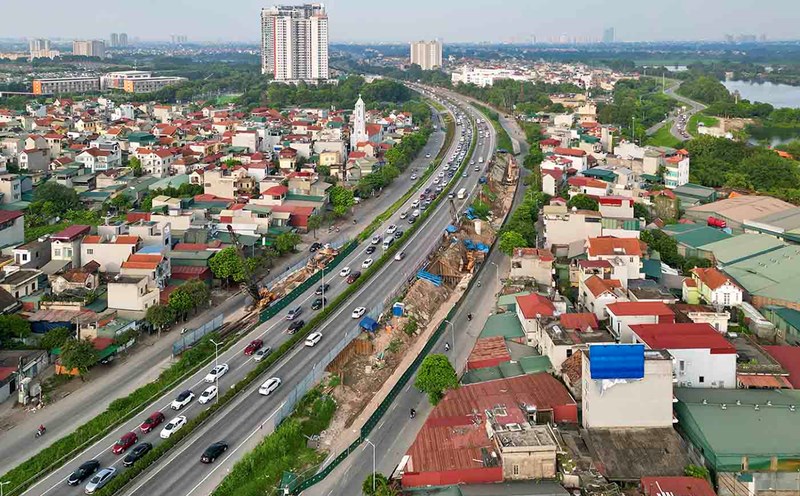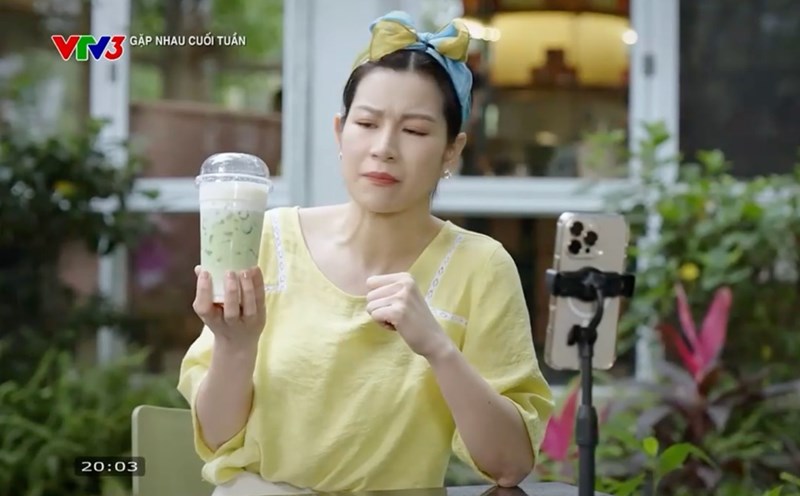According to Clause 1, Article 13 of Circular 26/2024/TT-BTNMT, the land plot boundary is determined as follows:
- The boundary between adjacent land plots is determined according to the land division line between land users and land managers and is determined according to the provisions on boundaries between real estates of civil law;
- The land plot boundary is determined according to the closed contour of the land with the same type of land or the land with residential land attached to another type of land of one land user or of many people sharing the right to use the land (co-use) or of one land manager.
In case the land has many different types of land, none of which is residential land and the boundary of each type of land does not meet the conditions to form a separate plot of land, the boundary of the plot of land is determined according to the outermost contour of the entire land with those different types of land.
- The land plot boundary is shown by a straight line connecting the adjacent land boundary change points (called the plot top) with straight segments (called plot edges) to form a closed contour;
In case the points of change in direction of the boundary line of the land are short distance apart (too close together) forming a curved line, determining the top of the plot must ensure that the distance from the line connecting the two points of change in direction to the curved top of the connecting segment is not greater than 0.2 mm according to the scale of the map to be created;
- In case the agricultural land area has a dividing line between land types and land users and land managers that is a land bank or a water ditch with a width of less than 0.5 m in the field but is not a land bank or a water ditch used for the whole area, the land plot boundary is the centerline of that land bank or water ditch; in case the dividing line between land types and land users and land managers is a land bank or a water ditch used for the whole area, the land plot boundary is determined according to the edge of that land bank or water ditch.
For areas with terraced fields, the land plot boundary is determined as the outermost boundary, including adjacent terraces of the same type of land, within the scope of use of one land user or of many people with common land use rights (co-use) without distinction according to the dividing lines of the inner terraces;
- In case the land is the subject of land occupation that does not form a land plot, the land plot boundary is determined according to the land occupation boundary, limited within the scope of a map sheet, depending on the specific conditions of the measurement area, determined by the boundary line of the measurement area or by the boundary line of the administrative unit or by the inner frame of the map sheet or according to the requirements of land management.
In case the land-occupying objects do not form a land plot and are regional objects of the same type (same type of traffic object or same type of hydrological object or same type of other object) intersecting at the same level, edit the land plot according to the common land-occupying boundary according to the outermost land-occupying boundary; in case the regional objects are not of the same type (not the same type of traffic object or different type of hydrological object) or are of the same type but intersecting at different levels, edit the land plot at the intersection of the vertical projection of those objects on the ground according to the object assigned to manage the land.
- In case the land is managed and used by agricultural and forestry companies according to the provisions of Article 181 of the 2024 Land Law, the land use boundary is established for each land plot.











